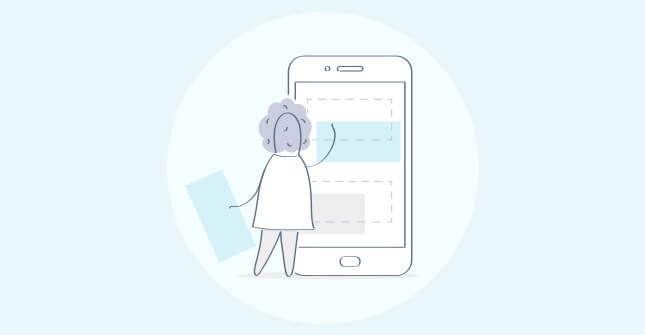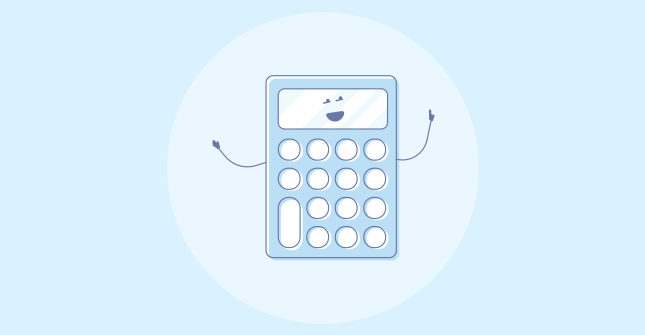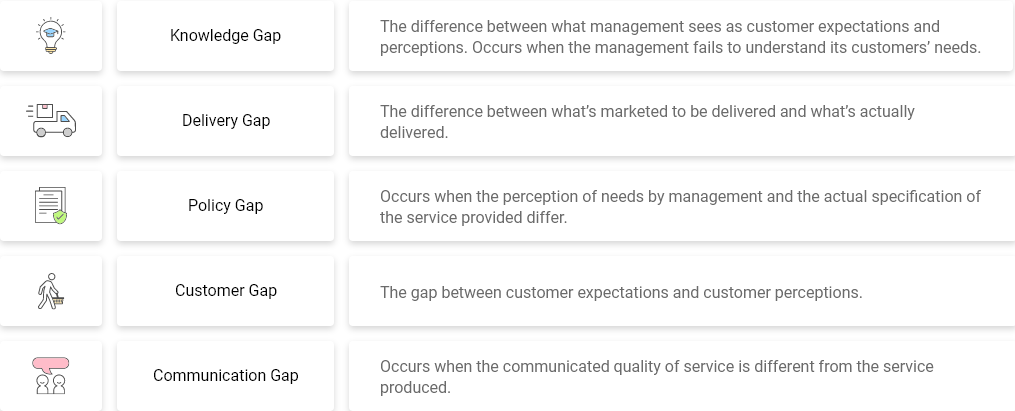Whether it’s implementing on-site surveys or a commitment to building out an NPS program, more and more companies are attempting to gather user feedback. However, there are also a number of common pitfalls to the pursuit of feedback. We often see organizations botch their user feedback programs by not focusing on personalization or adopting a user-first mindset. To help you avoid these mistakes, we’ve put together a list of some of the biggest issues we see in the customer survey world, along with easy fixes you can implement in your company’s program.
The Mistake: Not Respecting a User’s Time
Don’t take more than you need from your users. Asking too many questions in a single survey makes the process time-consuming and in most situations, your user is under no obligation to respond to the survey at all. One to three questions is best for most survey formats, and your users will thank you for keeping it short and sweet.
The Solution: Use What You Have!
This is the part where many organizations may ask, “But how do I get all the information I want with such a small number of questions?” The short answer: use what you have! Don’t waste questions (or anybody’s time) by asking what you already know. Tools like Qualaroo segment consumers with Cookie Targeting features. This allows you to gain powerful insights by asking more contextual questions to the right audience.
The Mistake: Over-Surveying Users
The number one goal of most UX researchers is to gain as much information as possible about their users. However, providing that information is not the top priority of users and is probably pretty far removed from why they’re visiting your website in the first place. There’s no need to prompt a user to answer a question every time they interact with your company—in fact, that’s the opposite of best practice.
The Solution: Parameters and Exclusions
Not overwhelming users is the name of the game when trying to secure valuable feedback. Try setting up parameters to exclude users who have recently completed a survey to prevent “survey fatigue.” Furthermore, reward your users for participating in your surveys by letting them get on with their normal activity in your site or in their inbox.
Related Read: How To Respond to Negative Feedback From Customers
The Mistake: Distracting from the Ultimate Goal
This is a big one: you never want to distract a user from making a purchase or losing sight of why they came to your page in the first place. When choosing where to place a survey, be sure to steer clear of milestones, those important moments of truth in the user’s journey, like signing up for a product. Instead, ask around them.
The Solution: Learn Why
For example, after a user signs up for your service, you could prompt them by asking, “What did you enjoy about this experience?” or “What could have been better?” Focus on gathering the “why,” and you’ll gain context for the quantitative data you’re already collecting.
Another pro tip: don’t have the survey box blocking important text or a CTA button on your site. To keep those elements visible, consider placing user feedback forms in the bottom right-hand corner. Remember that your biggest concern should be to ensure surveys don’t morph into an annoying distraction; they should serve as a tool to help improve a user’s experience.
Keep Your User in Mind, Always
Learning about your users doesn’t have to be a complicated process. Remember, you can easily avoid screwing up feedback by putting these three ideas into action: respect users’ time, limit the number of surveys you ask users to complete, and don’t distract from the company’s business goals. Keep these in mind and feedback will be one of the most powerful tools for your business’s growth.
 Tips
Tips
We’d love to hear your tips & suggestions on this article!
FREE. All Features. FOREVER!
Try our Forever FREE account with all premium features!

 We'd love your feedback!
We'd love your feedback! Thanks for your feedback!
Thanks for your feedback!






